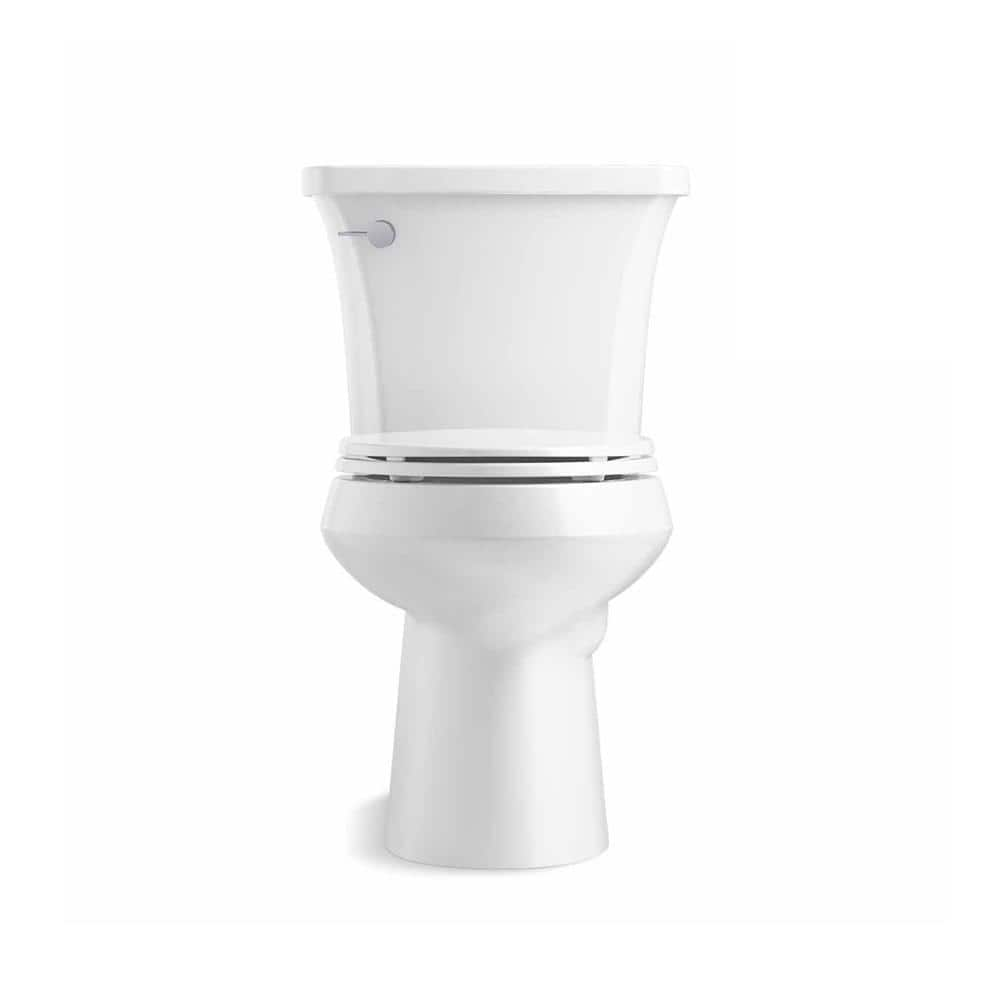Blindsgalore® Pleated RV Day/Night Shades – Blindsgalore
1″ pleat size. Shades come standard with top mounting brackets. All shades include color coordinated hardware. Fabric is permanently pleated and wrinkle free.
About This Window Treatment
- Two shades in one window covering for maximum flexibility
- Day fabric for light filtering, night fabric for privacy
- EZ Lift included for smooth and simple operation
- Each fabric can be a different color if desired
- Include a blackout liner for even more privacy
Blindsgalore® Pleated RV Day/Night Shades
- 1″ pleat size
- Shades come standard with top mounting brackets.
- All shades include color coordinated hardware.
- Fabric is permanently pleated and wrinkle free.
- Cascade is a sheer day fabric for light filtering. Mesa and Sequoia are light blocking fabrics for privacy.
- Light blocking fabric is positioned above day fabric.
- Shadows may be visible from the outside; order the Lightblocker liner for more privacy and to block incoming light.
- FMVSS302 flame retardant.
- 18 month limited warranty
Specifications
- Width 9″ – 96″
- Height 9″ – 60″
- Minimum inside-mount depth 1 1/8″
- Minimum flush-mount depth 1 1/2″
- Minimum outside-mount space 1 1/8″
- Headrail depth and height 1 7/8″ x 1 7/8″






by Rob
I bought the new set of shades for my RV, the whole process went real smooth and the quality of the material is first class. I caught the shades on sale and was very please with the price.
by Rick
Perfect replacement for our 2004 Itasca that the previous owner had installed ill fitting roller shades in. Back to what should have been put in……??
by Plucky
Replacement for a roller shade that previous owner had installed when original blind had failed. Looks so much better now! The clips that hold these in place are extremely stiff and if they are behind a valence are almost impossible to do by yourself….I ended up using a screwdriver to flex it and have my husband assist while I clicked it in place.
by Nelson
The blind was a perfect fit and match to our existing blinds in a 2005 Four Winds. The measuring instructions were easy to follow, so we got exactly what we needed. Installation was easy and the new shade looks great! Now we know where we can get replacements when needed.
by Melissa
This was purchase was for our 5th wheel. The main back window, which required 91″ width. We were told by a world leading RV supply & parts place “you can’t purchase a one piece shade that wide”. They are wrong. The fit and color are perfect, the installation I did myself, fairly easy, although I would recommend an assistant just for an extra pair of hands. The quality of this product is very nice. The feel of the fabric is very nice and should last us for years. If you have been thinking of upgrading your RV window coverings…go for it. Easy to measure and easy to install.